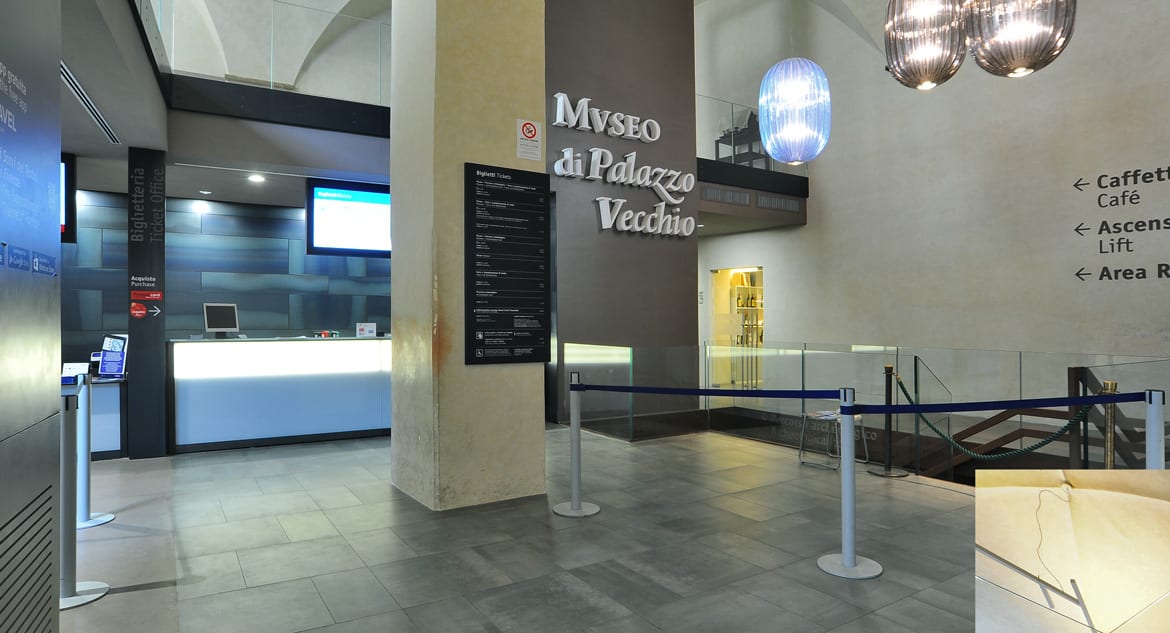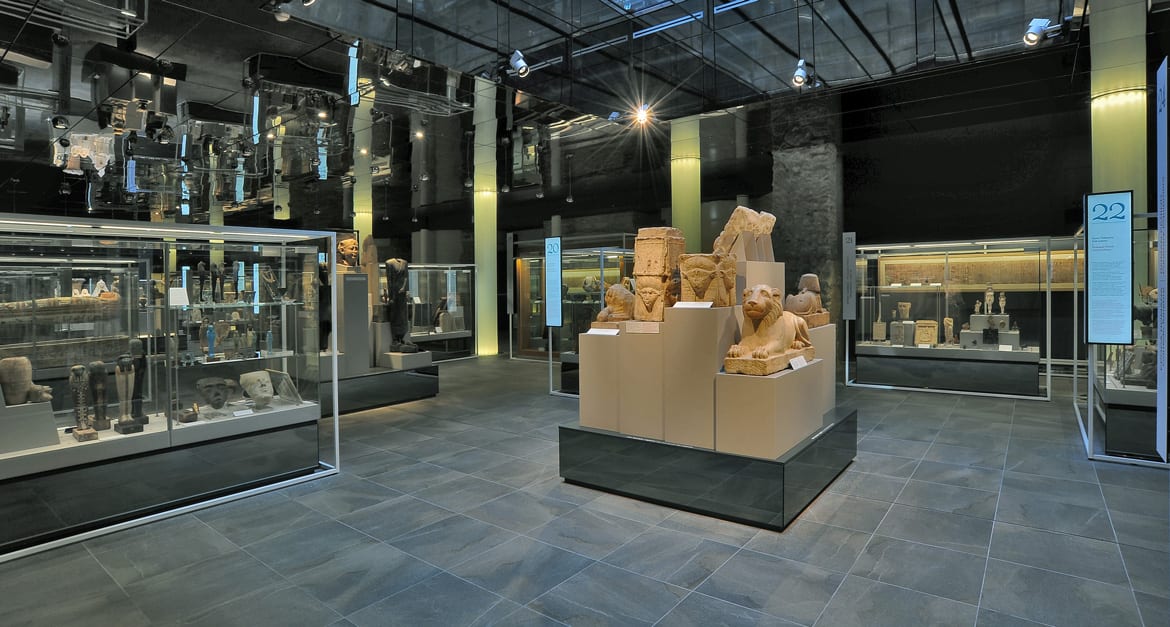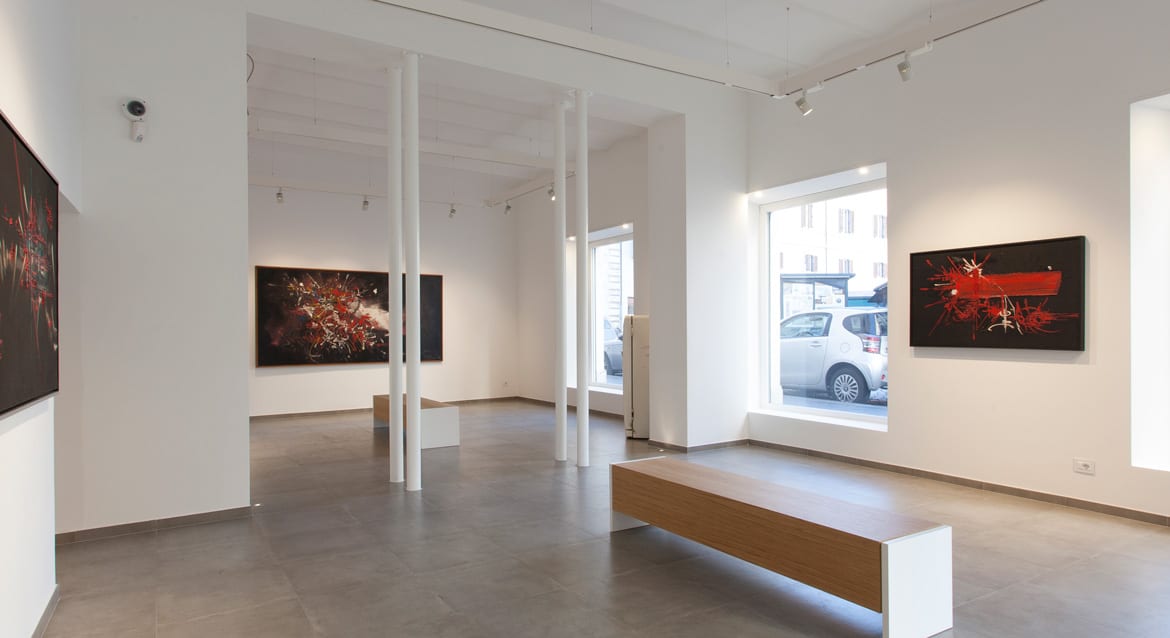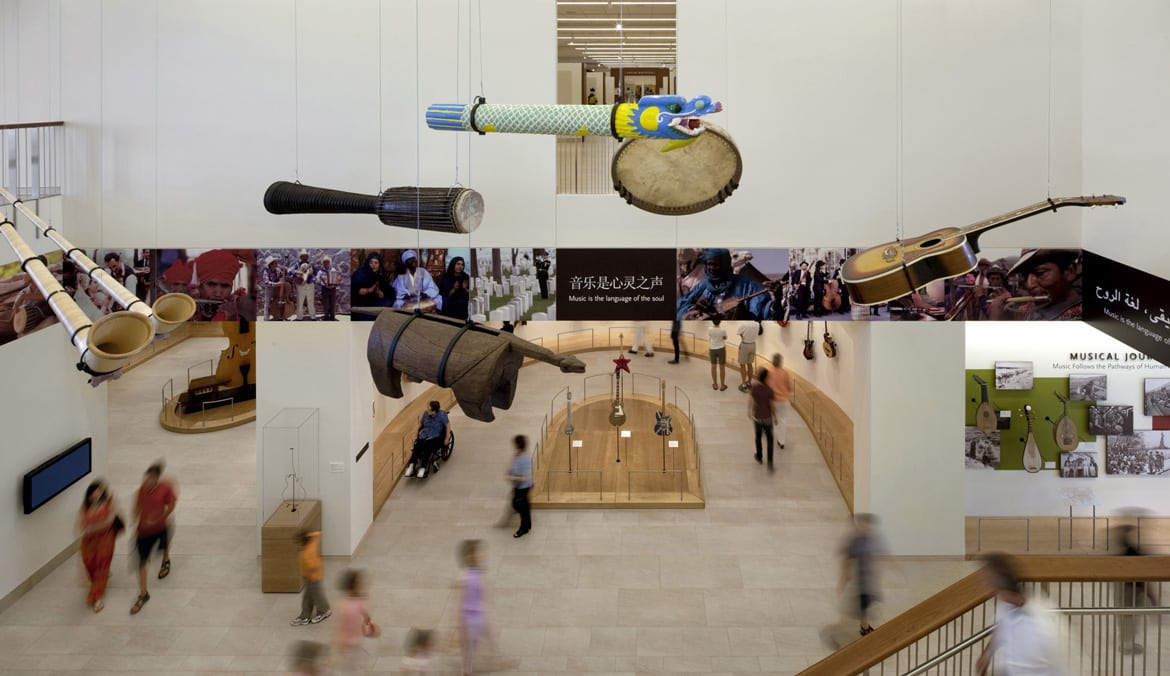Projects


The use of ceramic tile in museums and foundations | by Olivier Namias
Driven by a booming tourism industry and a seemingly unquenchable thirst for culture, museums are enjoying a popularity that never appears to wane. Every subject has its own museum, every large company its own private foundation. Alongside the giant European museums such as the Louvre in Paris, the Uffizi Gallery in Florence, the National Gallery in London and the Pergamon Museum in Berlin, there are countless smaller and medium-sized museums dedicated to an artist, an object, an artistic or historical period, a subject (medicine, culinary art, natural history) or a city. The list is unending! But what all these museums, large or small, have in common is the fact that they are designed to be landmarks that stand out from the surrounding urban fabric. A museum is a centre of attraction for the city in which it is located, drawing visitors and establishing it on the cultural map of the world. It is hardly a coincidence that the new Persian Gulf cities should be so keen to promote their museums, some of which were built in collaboration with historical institutions. For example, the Louvre Abu Dhabi and the National Museum of Qatar are housed in two remarkable buildings designed by Jean Nouvel. All over the world, the most prestigious cultural institutions are opening branches outside their countries of origin. Following in the footsteps of the historic Peggy Guggenheim Collection in Venice and the Guggenheim Museum Bilbao, there are now plans to build yet another Guggenheim Museum in Helsinki. And whatever their size, these emblematic buildings are often created by the world’s top architects: Renzo Piano, Jean Nouvel, Frank Gehry and many others have designed museums that are not just collections of artworks, but works of art in their own right.


Above: the Museo di Palazzo Vecchio, Florence and the Museo Egizio, Turin.
Ceramic in museums, a multifunctional material
But as well as a work of architecture, a museum is above all a building subject to many different constraints. The first and most important requirement is of course the ability to adequately house the exhibits on display. Yet another challenge is posed by the sheer numbers of visitors, which place the building under severe strain. Versatility is another aspect determined by the conditions of use: a museum that holds temporary exhibitions will require a degree of flexibility that is unnecessary in one that only houses a permanent collection. But generally speaking, the need for flexibility is the rule. Alongside the areas devoted to the exhibits, museums often also have commercial spaces such as restaurants and bookshops which provide a valuable source of revenue. Finally, an important element for the museum is its architectural appearance, which must be clearly perceptible to visitors both on the inside and outside while enhancing the exhibits and at the same time projecting a distinctive identity. In other words, the design brief combines practical aspects with factors that are almost spiritual in nature: the desire to preserve history, to maintain fragments of our identity and attain a kind of eternity with the aid of technology. Many different materials can be used to build these modern-day temples, but only a few will be sufficiently versatile and flexible to meet the needs of such a challenging design brief. But hasn’t clay – used through the ages in many forms ranging from bricks to amphorae – demonstrated its durability and exceptional capacity to withstand the test of time?
Floors: durable beauty
The success of museums brings with it an enormous responsibility: to guarantee uninterrupted access to art works in the best possible conditions. A large museum may attract many thousands of visitors every day, subjecting all the surface coverings, particularly the floors, to intense wear and tear. Is it desirable to have to close a room because it needs to be refloored? The answer is obviously “no”. So along with wear resistance, further important requirements include ease of maintenance and accessibility. A floor must be easy to wash, where necessary with the aid of industrial equipment. It must also have non-slip characteristics and be completely safe for visitors. All of these characteristics are found in ceramic surfaces, as evidenced by the UPEC standard which specifies the parameters of trampling wear, punching, maintenance frequency and chemical resistance. This classification is specific to France, but each European country has its own version. Durability is crucial to the choice of a ceramic tile, but it is not the only consideration. Aesthetic issues are also important, particularly size. Large or small? Ever since they were first launched onto the market about ten years ago, large porcelain stoneware tiles have demonstrated excellent levels of strength and stability. Given the small number of joints, the choice of 320×160 cm size tiles can create the illusion of a poured resin floor. However, 60×60 cm tends to be the most popular size for floors as it guarantees ease of installation while maintaining a sense of proportion between the dimensions of the tiles and the size of the room. The architect may opt for smaller tiles if he wants the opportunity to experiment with the layout of the joints.
Other technical aspects must be taken into account when laying ceramic tiles, such as compatibility with underfloor heating systems which emit heat uniformly while remaining out of sight. Ceramic tiles offer almost unlimited aesthetic potential. Surfaces imitating stone, concrete, steel or wood allow for seamless integration with an existing building, for example when adding an extension to a museum with stone floors or concrete walls. The use of different gloss levels can also offer interesting design opportunities. And due to their non-porous nature, many porcelain tiles proposed for interiors are also suitable for use on terraces and verandas, blurring the distinction between interior and exterior – a key aim of modern architecture – provided of course that the substrate is capable of compensating for the differences in level between adhesive and floating installation.


Above: The Mucciaccia Gallery, Rome and the Musical Instrument Museum, Phoenix.
On walls: relief and texture
Ceramic tile is a highly versatile material that can also be used on walls. The advent of low thickness, large size surfaces allows floor and wall coverings to be coordinated like never before. For example, a door can be hidden by integrating it into a surface entirely clad with large ceramic tiles. And while architects are attracted to the idea of a seamless surface, the presence of a large number of joints can also be exploited as a visually-striking design feature. When used on walls, tiles do not need to have a perfectly smooth surface, so relief textures can be installed either at specific points or over the entire wall. By enhancing the play of light and creating tactile and graphic effects, whether glazed, smooth, matt or rough, ceramic tiles stimulate the senses of touch and sight. Isn’t it better for visitors to touch a wall than an artwork? As with floors, porcelain tiled walls are simple to maintain and eliminate the need for regular painting.
Outdoor use
Ceramic surfaces can of course also be used for the exterior cladding of museums. For the last twenty years, large-size ceramic panels have been available as an outstanding technical solution for ventilated façades. These products cover large areas and may prove invaluable for buildings where glazed surfaces need to be reduced to protect sensitive artworks from sunlight.
And if the architect is unable to find the ideal solution amongst standard products in the catalogue, customisation is an option for jobs of a certain size, whether interior or exterior. Along with the budget, imagination is the only limit to the material’s aesthetic potential, allowing for the use of a wide range of colours, small and three-dimensional elements, adhesive installation, the reproduction of shapes and crossover effects with other materials… Large museums and foundations, such as the Calouste Gulbenkian Foundation in Lisbon or the Fundación Marcelino Botín in Santander, owe their unique looks to the ceramic surface coverings tailored specifically to the needs of the project and developed in close collaboration with the architect. Ceramic tile producers are open to innovation and are perfectly happy to develop specific products that go beyond normal application limits. One example is the use of porcelain tiles extending over both the façades and the roofs of a building, where the connection between the oblique and vertical planes is perfectly uniform thanks to the use of sophisticated solutions for hiding the gutters. This kind of seamless installation makes for truly extraordinary projects.
See other examples of ceramic tiling in Cultural Venues in the Project Gallery.
July 2020




